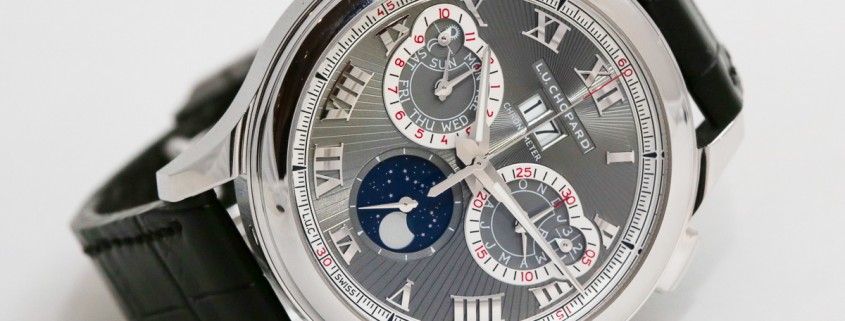Maserati Levante: A New Italian SUV Roars In The Urban Jungle
Maserati, bearer of the mighty trident from Modena, recently introduced the very first SUV in the brand’s history with the Levante. Why? Because evolution is essential to survival. Read on to discover what makes this 4×4 so special, apart from the Maserati badge, that is.









